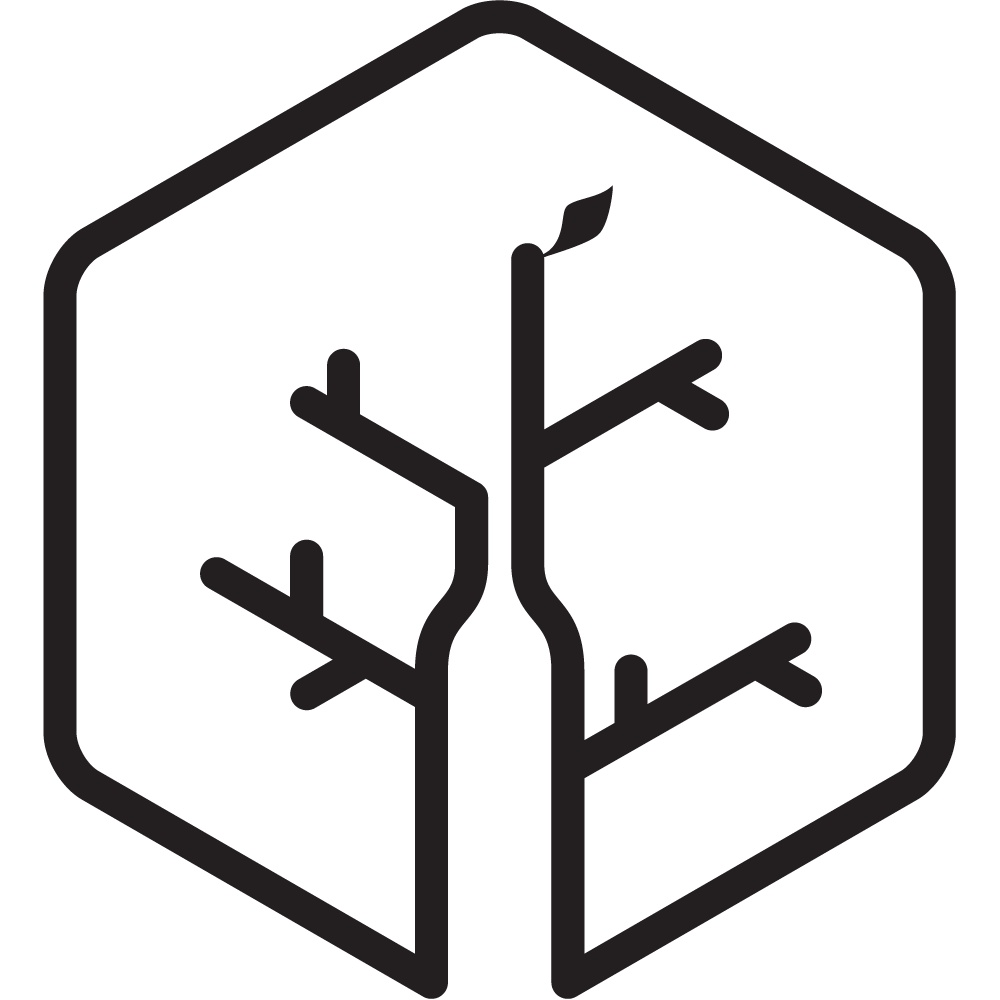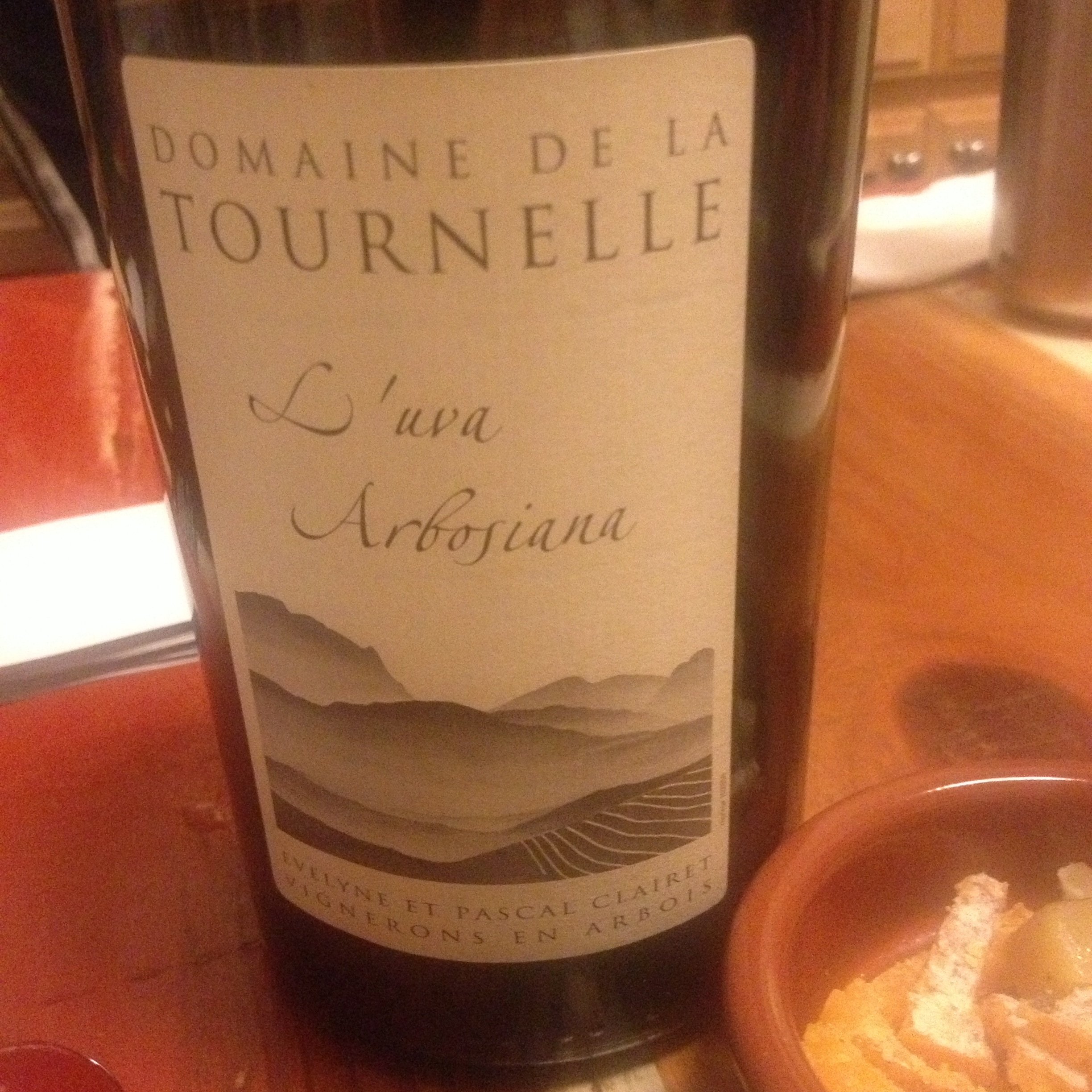Re-learning Natural Wine
/My natural wine indoctrination, imbued with passion and history, was not unique. Which is to say, if you found yourself in the throes of the natural wine scene at any point around 2010, you would have heard a very similar, if not identical spiel. The tale goes like this: The opening scene is set with the rapidly industrializing post WWII European landscape. Then, we are introduced to our hero, Jules Chauvet, the antidote. Cut to his disciples; the tangible evidence of the culmination of his beliefs and research. Next, see the regions of Western Europe and their champions. Hear their stories, their tribulations. Finally, with the warm feeling of being let into a vinous rebellion, we see how the rest of the world is finding their place within natural wine; their own ways to continue to stoke the flame.
It is a captivating story; one that tethers natural wine to a greater purpose. It is also, however, a history that no longer clearly mirrors the wines most omnipresent in the greater natural wine scene. The transmutation of natural wine has been tireless. Since Jules Chauvet began his research and eventual advocacy for a return to traditional viticulture and winemaking, the face of natural wine has changed.
In the early 1980’s, the motives that eventually coalesced into the natural wine movement were clear. The movement was a rebuke of the processes leading towards homogeny and also a reprisal of traditional practices. It was a rebellion. And at the risk of hyperbole, a fight to reclaim a soul for wines that were rapidly disappearing in favor of volume.
Years on, natural wine is no longer in the fringe. The influence of natural winemaking has had ripples well beyond the clutch of the dogmatic. Organic viticulture is increasing, even being adopted by larger outfits. More and more, wines typified as ‘modern’ examples are relenting on the use of exaggerated new oak and lessening inputs. It’s not at all uncommon to find wines fermented with indigenous yeast or bottled without fining or filtration. It is not to say that industrialization has ceased, nor that chemical fertilizers and pesticides are not still widely employed. But the big bad commercial wine adversary and the engines that propel their growth is hardly the existential threat it once was.
Once upon a time, to carve out space and gather steam for a movement to grow, the wines had to have more depth, more soul than their commercial counterparts. It was not enough to simply be ‘different’, they also had to show qualitatively why making wine without commercial conveniences was a better way to work. But with that generation having laid the groundwork, the new landscape of natural wine has changed dramatically. Instead of being burdened with justifying the movement, there is a new freedom in what natural winemakers are doing. Experimentation is rewarded and the new celebrated.
With the walls of many ‘conventional’ wines beginning to shoulder up next to natural winemaking values, it makes sense that a sense of ‘flavor extremism’ would be adopted. How better to convey how distinct natural wine is then to have a bevy of flavors that do not exist in the conventional wine palette.
All of which is to say, the motives that once defined the movement are unfurling. What was once a tight knot of philosophies and intentions is now more like unspooled balls of yarn. There are various threads of thinking, of idealisms, and influences. There are those wanting to make fine wine and others making wine to shock. Some are trying to blaze a trail in places where vines have never grown and some want to see a return of land to the autochthonous varieties.
The spirit of natural wine that fomented in the 1980’s is not gone. But it has been reinterpreted by so many so many times, that for many natural wine drinkers today, those original wines, from Beaujolais and the Loire Valley for example, would not easily be clocked as natural unless told so. Those wines strictly of philosophy do not necessarily meet the standards set by the current natural wine scene that require both philosophy and flavor to set them apart.
It no longer makes sense to start at the beginning of the story to understand natural wine. It is too much like watching a never ending tv show recap with every unrelated plot line. Instead, what if we start here? We start with newest wave and we pull back the layers from there?
This is not an ask to delete the story of Jules Chauvet from the annals of natural wine. It is merely a question of whether that is where we start. What if instead of following the tired practice of teaching history from the furthest point of time moving forward, we instead start by asking how we got here? So how did natural wine get here? Let’s start here. The new-wave aromatic orange wines. The not quite orange, phenolic, skinsy white wines. The short maceration reds. The carbonic maceration whites, reds, and rosés.
It was in the reality that my own natural wine education took less than a decade to become out of date, that it was clear I rewrite what I give to others.So, now that we will be hosting a natural wine course (after building up the courage to do so) it was clear that the old syllabus had to go. Yes, the research of Jules Chauvet will feature as will the movement he started. But let’s start here. Right here. With a bottle of the now and unweave the tangle of threads that will lead us back to where it began.












